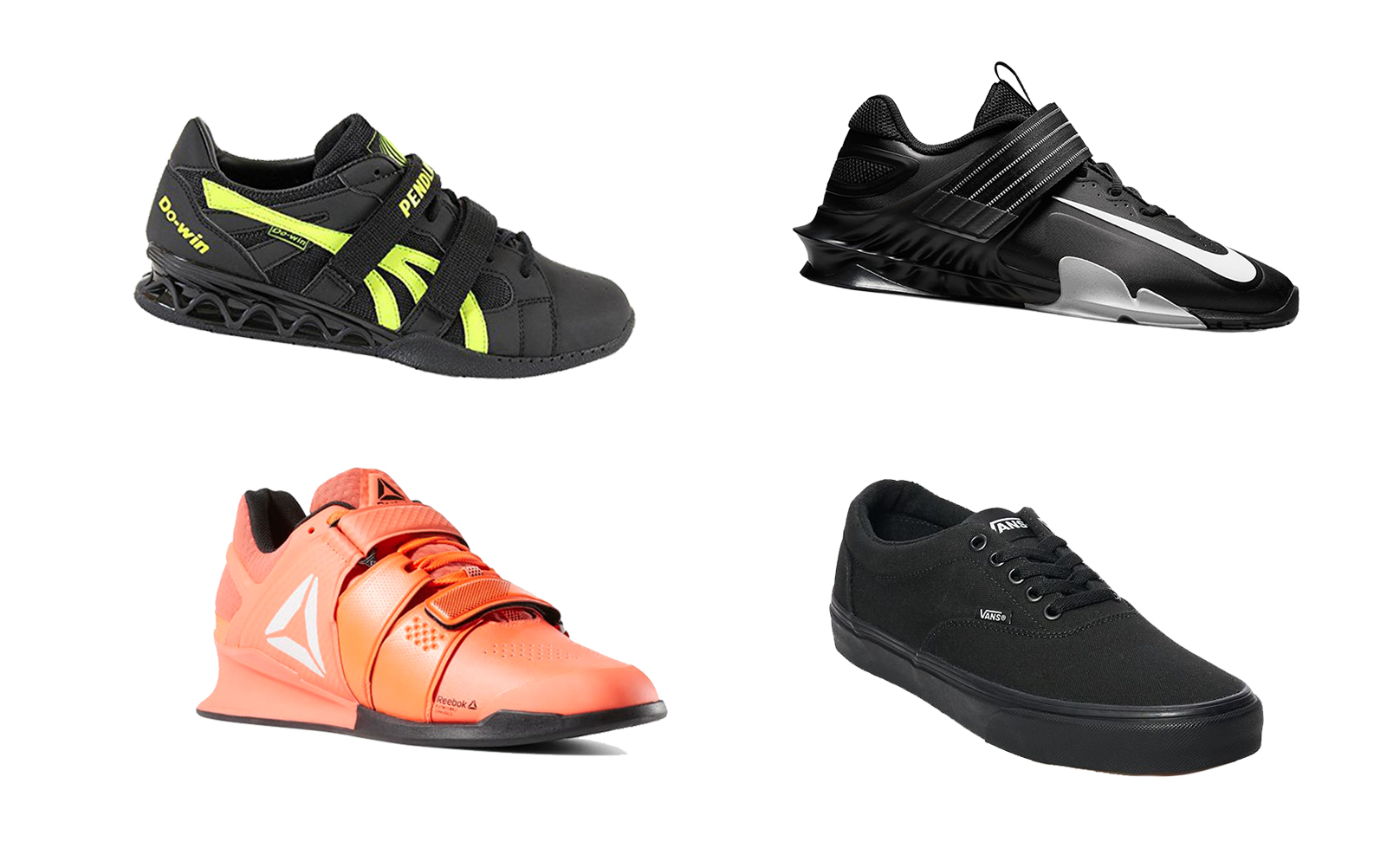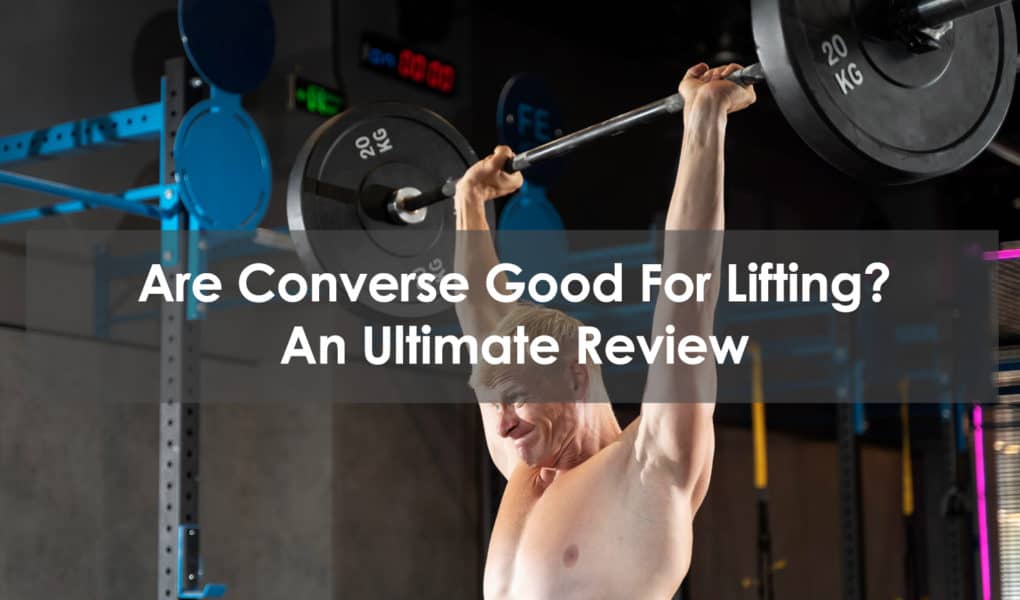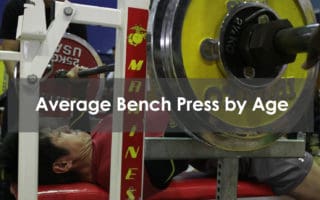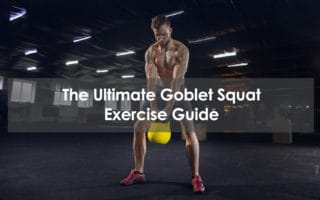Weightlifting, or resistance training, is an excellent way to build muscle and also burn calories; that isn’t exactly new information. However, what you might not be so aware of is that the pair of shoes you wear while lifting can be the difference between hitting your personal best or hitting a plateau.
Bad weightlifting shoes can not just cause discomfort but also prevent you from effectively performing heavy lifts, whereas adequate shoes for lifting provide the stability and durability required to help reach your goals.
Now, you might be thinking that what you need are Olympic weightlifting shoes or expensive brands of shoes, but that isn’t the case. In fact, some of the most effective shoes for lifting come from an unexpected brand: Converse.
Though not originally designed for things like powerlifting, these shoes have become increasingly popular in this field – but why? We’ll be exploring what makes Converse shoes effective for lifting, what some of their limitations are, and which alternatives you can consider.
Why Converse Shoes are Good for Lifting
When the classic Chuck Taylor shoes were first released, no one envisioned them being worn on gym floors across the world by people lifting heavy weights. Their design, however, makes them particularly suited to the needs of casual weightlifters and even more advanced lifters.
1. It has a flat sole
This is mainly because of the flat soles found in a pair of Converse shoes. A flat shoe is ideal for lifting because it keeps your foot in a more natural position, and ensures it is parallel to the floor. When performing heavy lifts, it’s important to have a strong and stable base beneath you and a flat shoe provides this.
Unlike running shoes, a pair of Converse shoes will also keep your feet much closer to the ground as their soles are thinner. This helps with exercises like heavy squats, as the ground is the most stable platform you can use, so having your feet as close to it as possible helps reach optimal performance.
Flat sneakers like Converse are ideal shoes for weightlifting, but only if their soles are solid and durable enough. Many exercise shoes will have curved soles because they are designed to allow your foot to bend and move freely, but for powerlifts, your feet aren’t moving in this way.
With strong, flat soles, Converse shoes help your body remain stable and balanced while lifting weights. This is hugely important to limit the risk of injury and maximize your potential.
Running shoes will have some sort of dip in their sole between the toe and heel, which creates a slight arch to your foot when wearing them. This minor difference can change your posture when standing and also compromises your foundation, meaning these shoes aren’t as suited for powerlifting.
2. It’s comfortable and breathable
Shoes for weightlifting should also be comfortable and breathable, and the lightweight canvas material that Converse is made out of meets this criterion. They are not so flimsy that they provide no support or comfort, and they are also not heavy enough to cause issues with your lifts.
The flat rubber sole of a Converse shoe also provides a decent amount of grip, making them non-slip shoes and even more suited for performing various exercises, including some Olympic lifts.
3. It’s affordable
The vast majority of specialized weightlifting shoes will be expensive – at least $100 – however Converse shoes are much more affordable, sometimes as much as half the price of a classic powerlifting shoe.
The Limitations of Converse Shoes for Lifting
There’s no getting around the fact that Converse does not make conventional weightlifting shoes. Their casual shoes are designed for form, rather than function and there are some limitations you should be aware of before investing in a pair for lifting.
1. It’s not suitable for certain lifts
First of all, Converse shoes only really excel for a few certain lifts; those which don’t require your feet to move. So, they’re effective deadlift shoes, or ones to wear while performing squats.
Movements like lunges or calf raises, however, require the bending of your toes and feet, something that Converse shoes do not encourage much of. Their firm soles are fine for walking in, but when it comes to dynamic and explosive exercises they fall short of the mark.
Wearing a pair of Chuck Taylor shoes for exercises like this will negatively impact your form – which will impede your progress and potentially lead to injury – plus it will damage the shoes because they are constantly being bent out of position.
2. It’s not suitable for cardio training
The same goes for other forms of cardio training like high-intensity interval training (HIIT), running, and plyometrics. These exercises require proper shoes that provide cushioning, support and comfort.
An athletic shoe will have a thicker sole with specialized cushioning and padding to absorb impacts and provide support in movement, whereas the much thinner sole of a Converse shoe does not have these properties and can cause injury or pain when used in the wrong context.
3. It’s not suitable for professional weightlifting
Converse shoes are also not appropriate for professional levels of powerlifting and weightlifting. Though they are a good choice for more casual lifters, those looking to compete in these areas would benefit more from investing in a pair of dedicated lifting shoes.
Unlike the Converse options, these dedicated shoes are designed for the sole purpose of lifting heavy weights. They have flat soles, plenty of support, breathability, and cushioning in the right areas, all to an elite standard.
When lifting professionally, you take whatever advantage you can get and while a pair of shoes isn’t going to somehow enhance your strength, they can make an incremental difference to your form and training, which adds up over time.
Alternatives to Converse Shoes for Lifting

1. Vans
There are two normal shoes that are inadvertently well-suited for lifting; Converse shoes and Vans. Nowadays, both are very much designed to be fashion shoes but they’re also excellent for lifting, and there’s not a huge amount of difference between them.
Like Converse shoes, Vans have flat, solid soles that keep your feet close to the ground and help provide you with a stable base when weightlifting. They, too, are made from a high-quality canvas material that promotes breathability and doesn’t add much weight to the feet.
With a similar price point, the choice between Converse and Vans will likely come down to personal preference and perhaps even style. There’s an argument to be made that Converse shoes are slightly better as their soles are thinner but still just as firm, though the difference is marginal.
2. Reebok, Nike, and Do-Win
As mentioned above, dedicated lifting shoes are an alternative for those taking their lifting more seriously and want to enhance their performance as much as possible. Brands like Reebok and Nike have their own lifting shoes, as do more niche companies like Do-Win.
Running shoes or gym trainers are not ideally suited for lifting, as they have cushioned soles and affect the position of some of your muscles. That being said, you’ll still be able to comfortably perform lifts while wearing them.
Lastly, there is the option of going barefoot. Many powerlifters will tell you this is ideal, as your feet are directly on the most solid base possible; the ground. You can then push off of it without any interference. However, many gyms won’t allow you to go barefoot for hygiene and safety reasons.
Final Thoughts
When powerlifting, you want your feet to be as flat and as close to the ground as possible – this is why many lifters wear Converse shoes while performing. The flat, solid soles provide stability and support, keeping your body balanced and in an optimal position.
Converse shoes are also affordable and comfortable, further adding to their appeal, especially in comparison to specialized lifting shoes. They have their limitations, but Converse trainers are likely to remain a popular choice for powerlifters for a long time.
Frequently Asked Questions
Can you squat in Converse?
Yes. In fact, Converse are some of the best shoes to wear while performing squats because your feet aren’t moving, and they need to remain flat against the floor. With thin, flat soles Converse shoes help you to push off the ground and drive through your feet and legs to stand back up after squatting down with the weight.
Do Vans or Converse last longer?
In terms of quality, both brands are pretty much the same. So, how long they last comes down to you and how much you care for them. As noted, if you’re using Vans or Converse for dynamic movements that bend the shoes frequently, they aren’t going to last as long.
Are Converse bad for your ankles?
Not inherently, no. However, these shoes aren’t designed to be worn during strenuous workouts and so don’t have as much support as more dedicated trainers like running shoes. There are high-top versions of Converse sneakers and these do provide slightly more ankle support, but they are still made of a lightweight canvas that can only do so much.
If you’ve had problems with your ankles in the past but want to wear Converse while lifting, consider wearing proper ankle supports or straps to minimize the risk of further injury.
Sources
- https://www.smartersweat.com/blog/your-lifting-technique-is-killing-your-progress-fix-your-form-fix-your-fitness
- Shod vs barefoot effects on force and power development during a conventional deadlift: A Pilot Study
- https://journals.lww.com/nsca-jscr/fulltext/2013/12000/Characteristics_of_Lower_Extremity_Work_During_the.1.aspx







